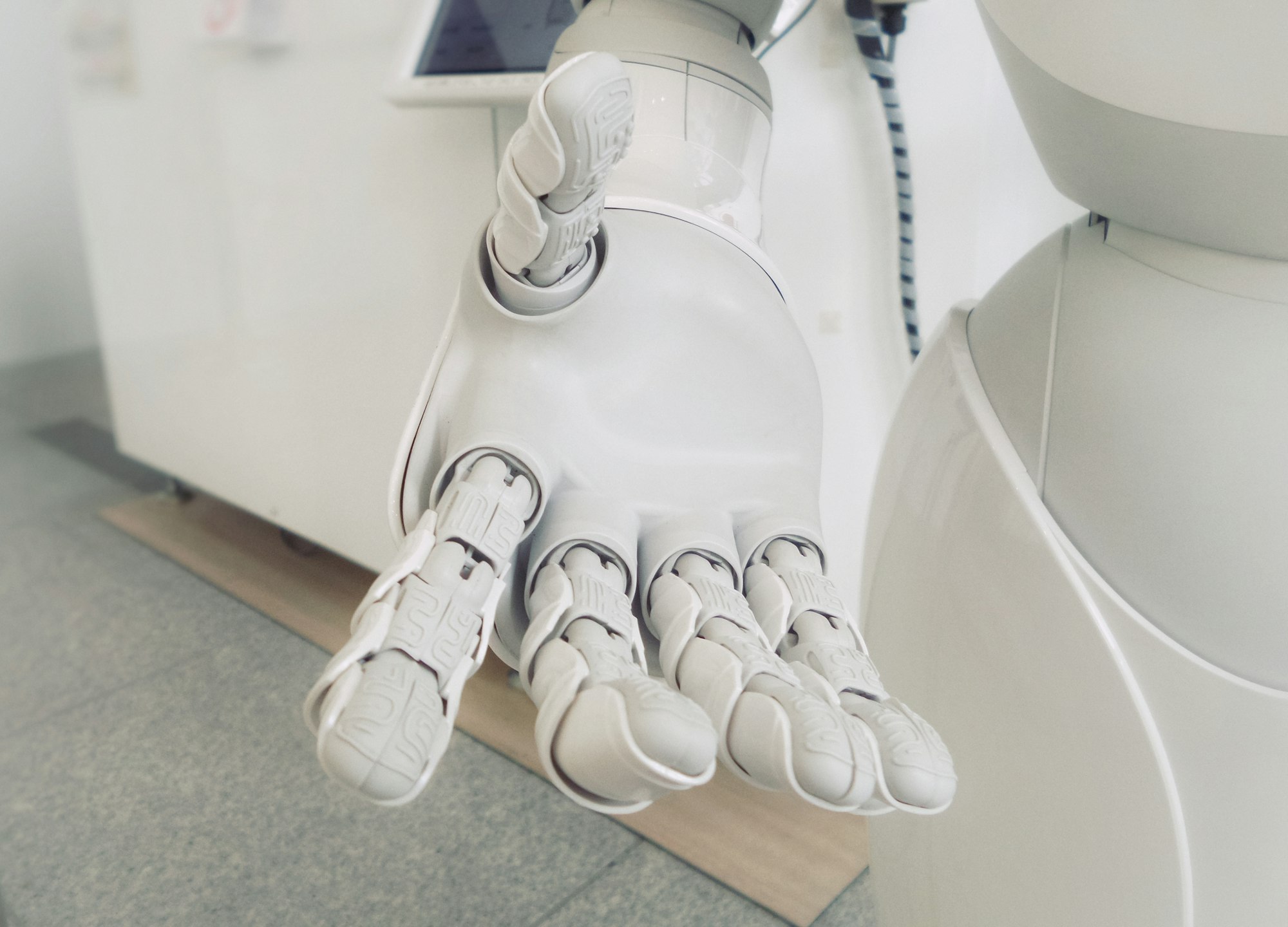
Human-Computer Interaction and methods
Before we dived in the topic human-computer interaction (HCI) we received an input about the history of computers. This is important because I think the right to exist for HCI is because computers became always more complex and used by non-experts due to the cheap price.
The term "HCI" was first used ~30 years after the introduction of the Z4 by Konrad Zuse
Human-Computer Interaction
HCI consists of three parts:
- Computer science: "Computer science is the study of processes that interact with data and that can be represented as data in the form of programs."
- Human Factor Engineering (HFE): "... the act of studying how people use systems or equipment in order to design, develop, and create technology that is safer, more effective, etc."
- Cognitive Science: "The interdisciplinary study of the mind, intelligence, and learning, including research in psychology, philosophy, linguistics, and artificial intelligence."
Today HCI becomes more and more important because basically everything invented or produced has a computer in it. A lot of funny examples can be found on the "internet of shit" twitter account.
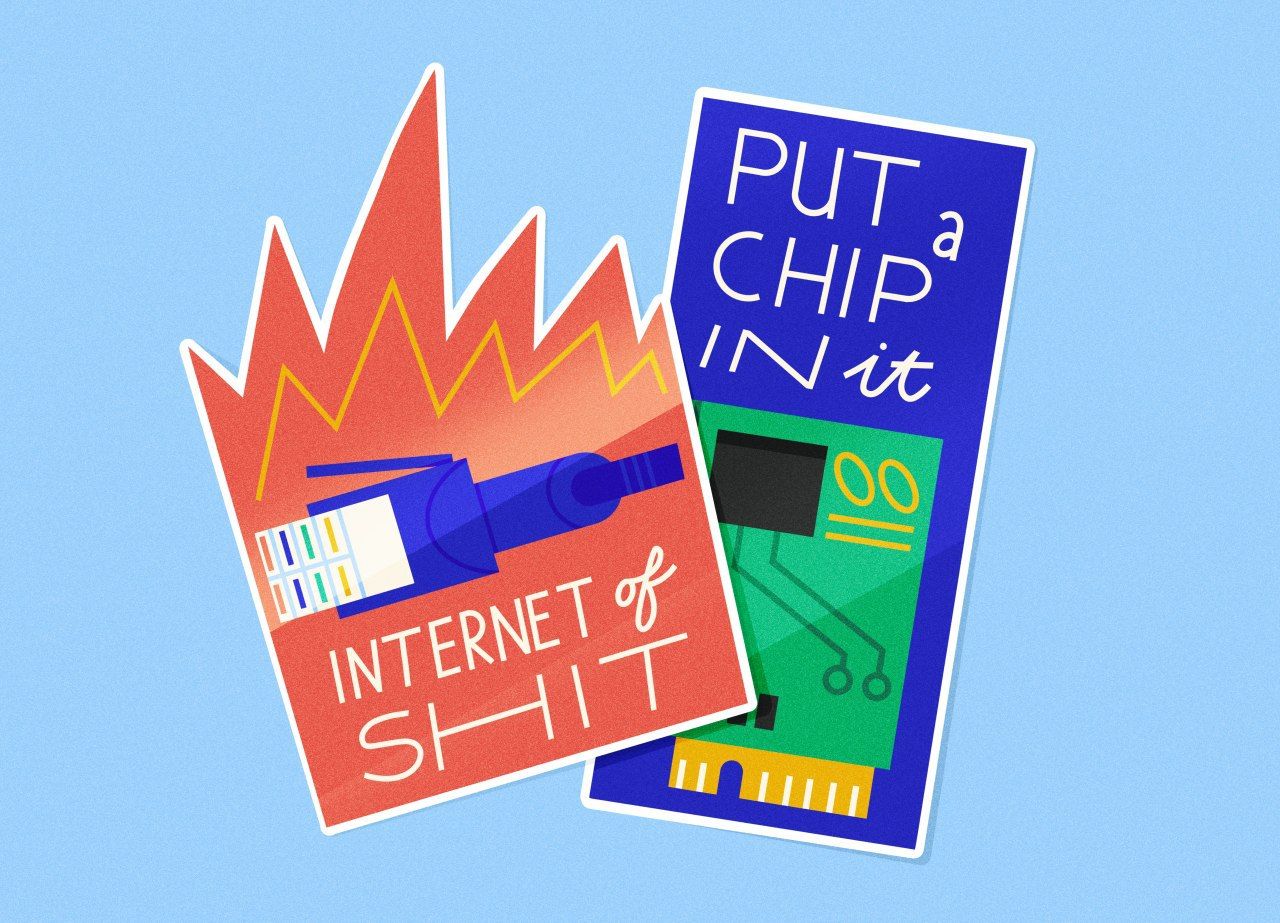
Methods
All of those methods should help the designer to build up empathy for a user and his problems.
Bodystorming
"Bodystorming involves being physically present in the context of interest instead of staying at the office that has no real resemblance to the context of interest." – Oulasvirta, A., Kurvinen, E., & Kankainen, T. 2003
Usual questions during a bodystorming session include:
- "What would your character do in this situation?" are familiar.
- "How could ubiquos computing help in this situation?"
Cultural probes
Let users gathering data with a journal, camera, maps, post cards, photo albums.
Useful when...
- places and moments inconvenient for the designer to be part of, hard to reach, incompatible with privacy issues
- over a predetermined amount of time: 2 days, 1 week, 1 month --> you can not be there for this long. (gain knowledge over time) --> understand rituals, habits, relationships with environments, people, home, work, objects, pets...
Improvisation
"Can be helpful to untangle complex problems that requires teamwork or just getting a client unstuck" – Danzigo, L. 2010
Due to the fact that improvisation encourages "unfiltered thinking" new views can open up.
Ethnographic video
Helps getting an insight into a persons situation performing an activity in their "natural setting".
Co-Design / Co-Creation
Co-Design is a process where people who are not designers are included in the design process. They can be from the field in which the problem has to be solved and therefore can give valuable insights.
The prerequisite for this is that everybody is accepted as a creative being and not just designers or "lead" people. In todays business there is still the mindset that there must be an expert to produce a valuable outcome:
"The existing power structures in companies are built on hierarchy and control." – Sanders and Strappers
An important fact is that you should hold yourself back and listen when participating in co-creation.
What is my job as a researcher / designer:
- lead: people who are on the "doing" level of creativity
- guide: those who are at the "adapting" level
- provide scaffolds that support and serve peoples' need for creative expression at the "making" level.
- offer a clean slate for those at the "creating" level.
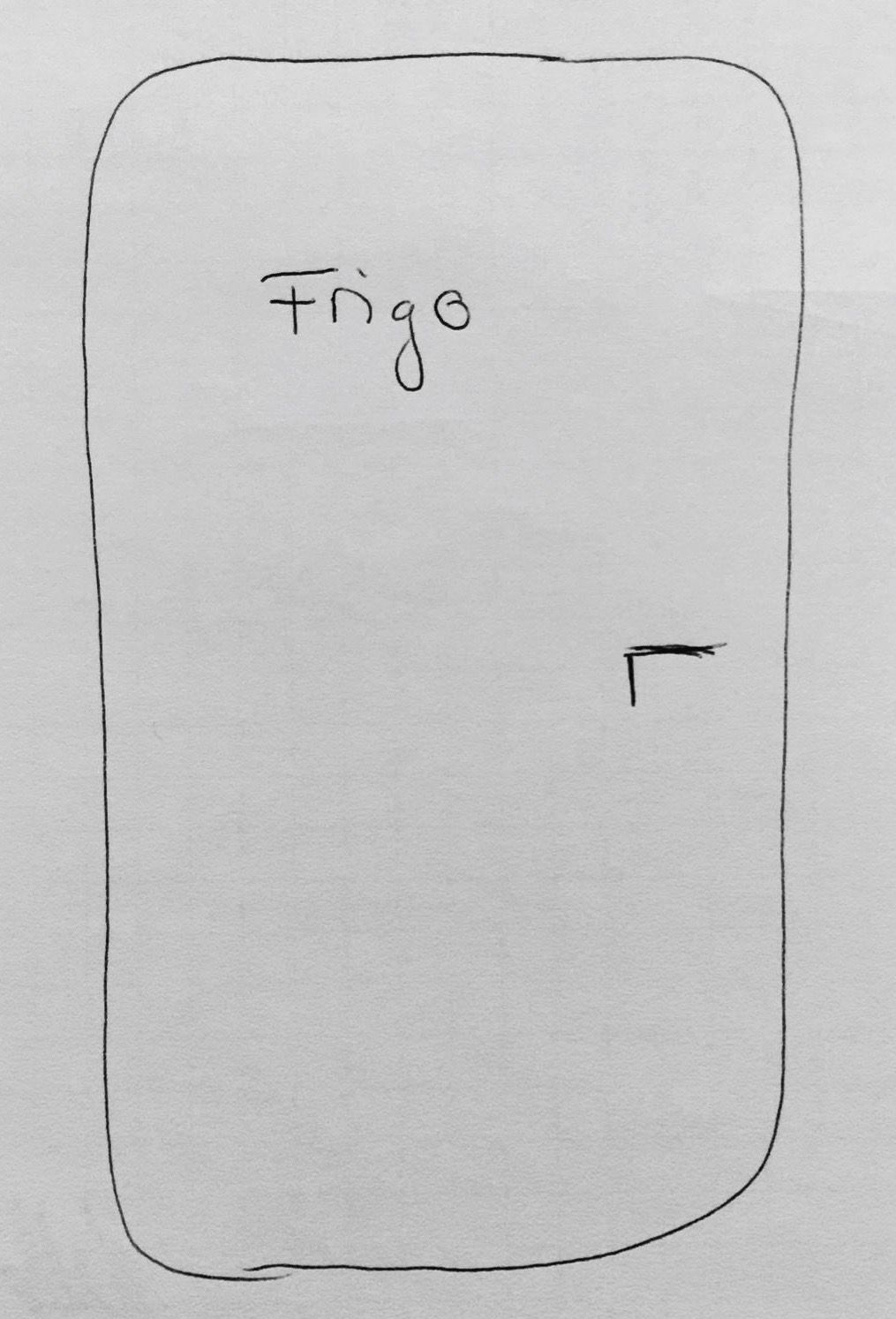
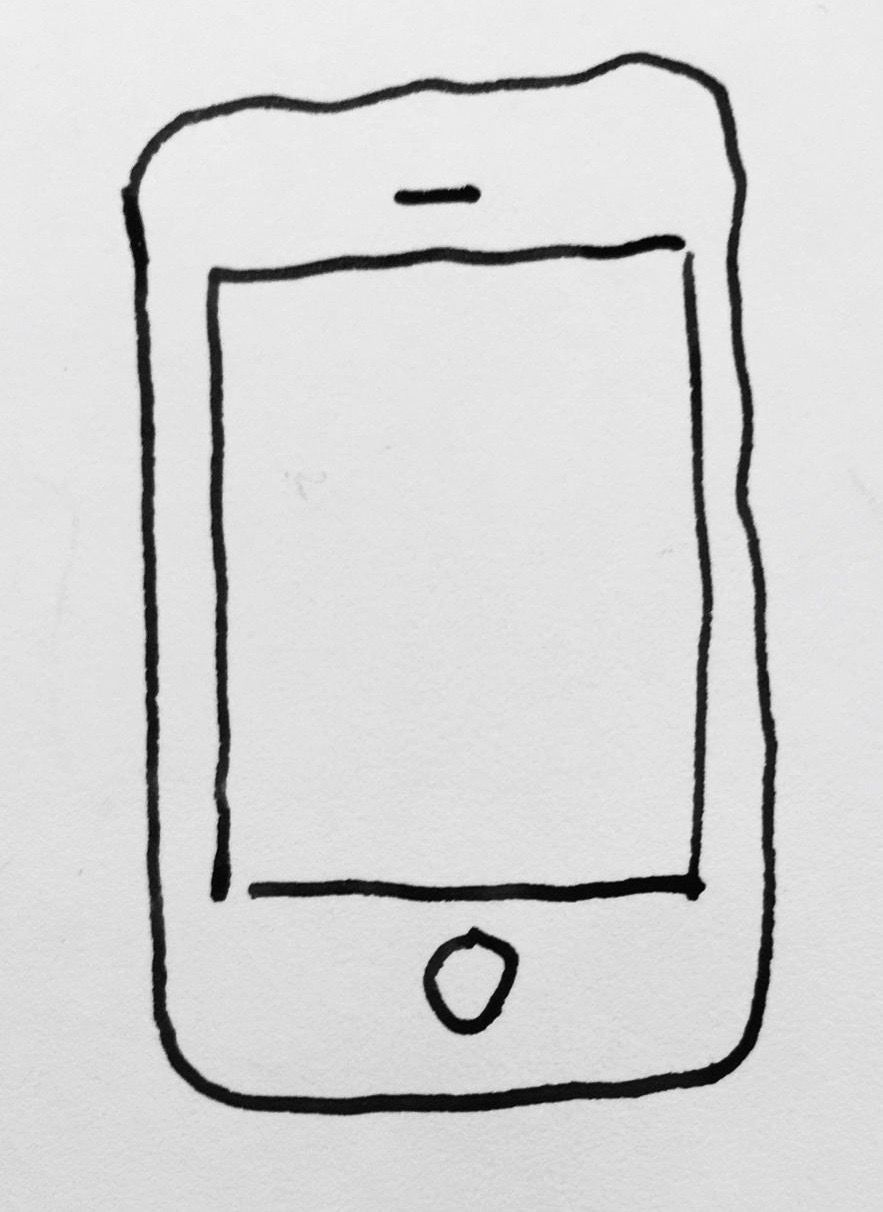
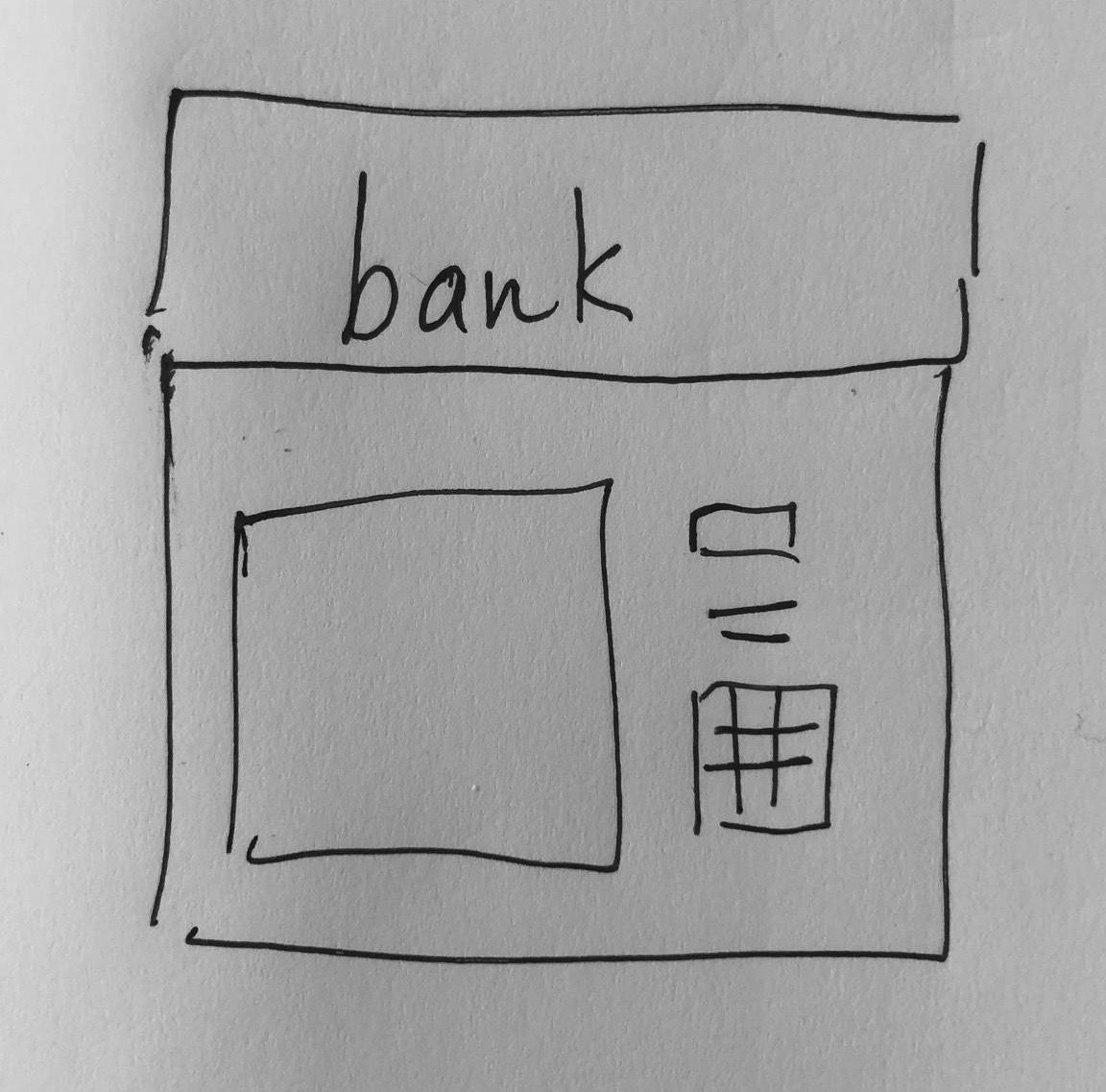

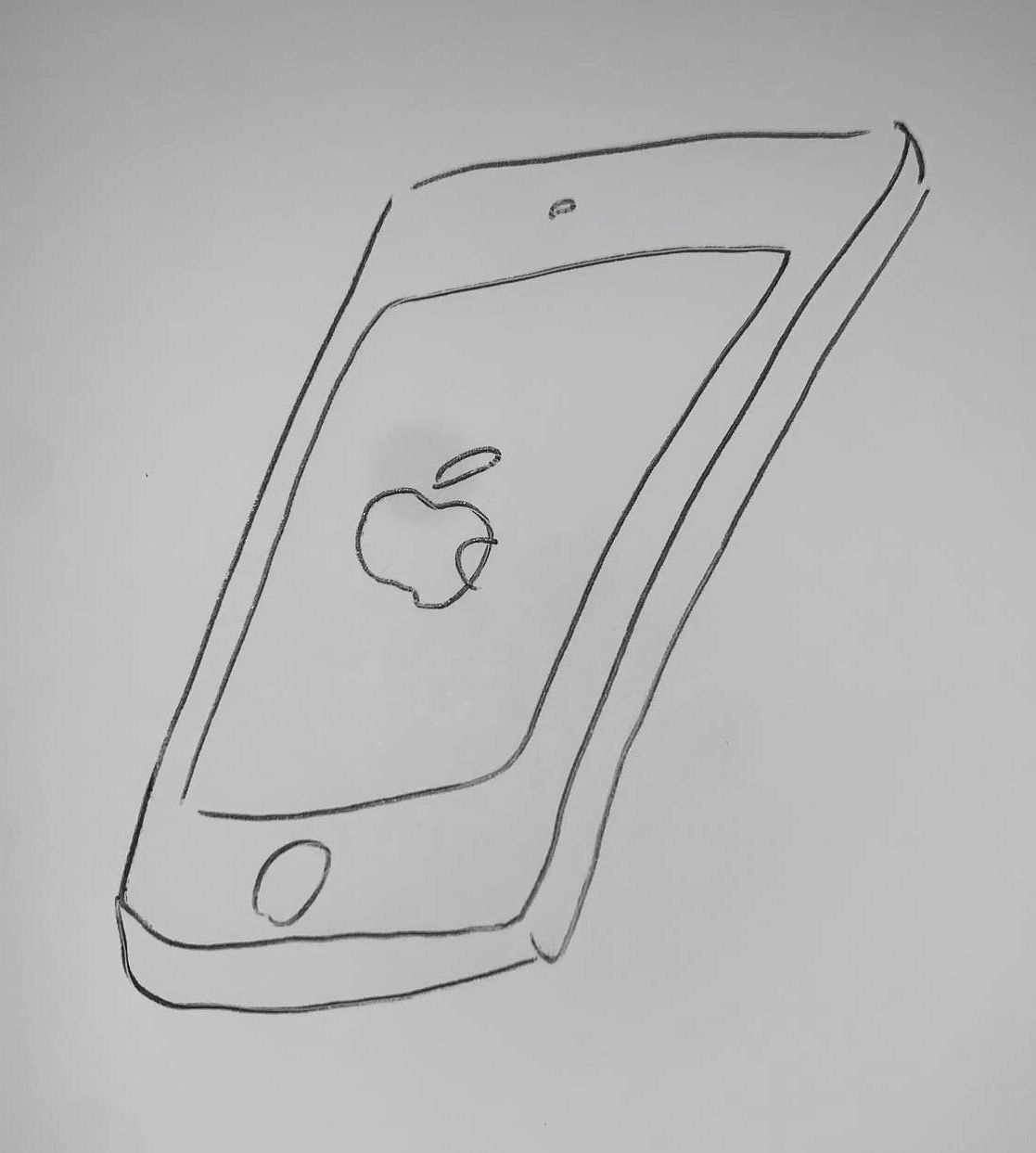
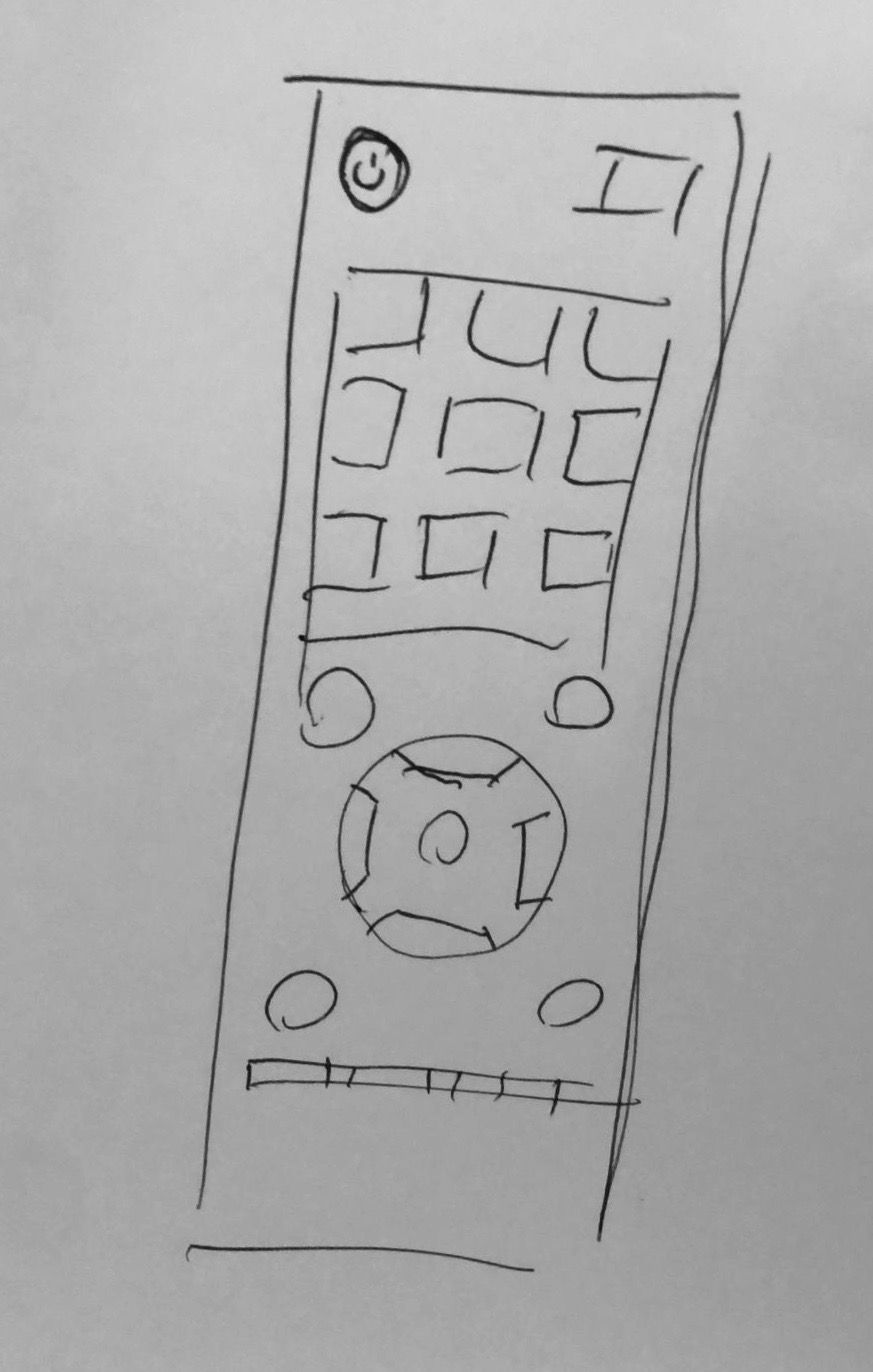
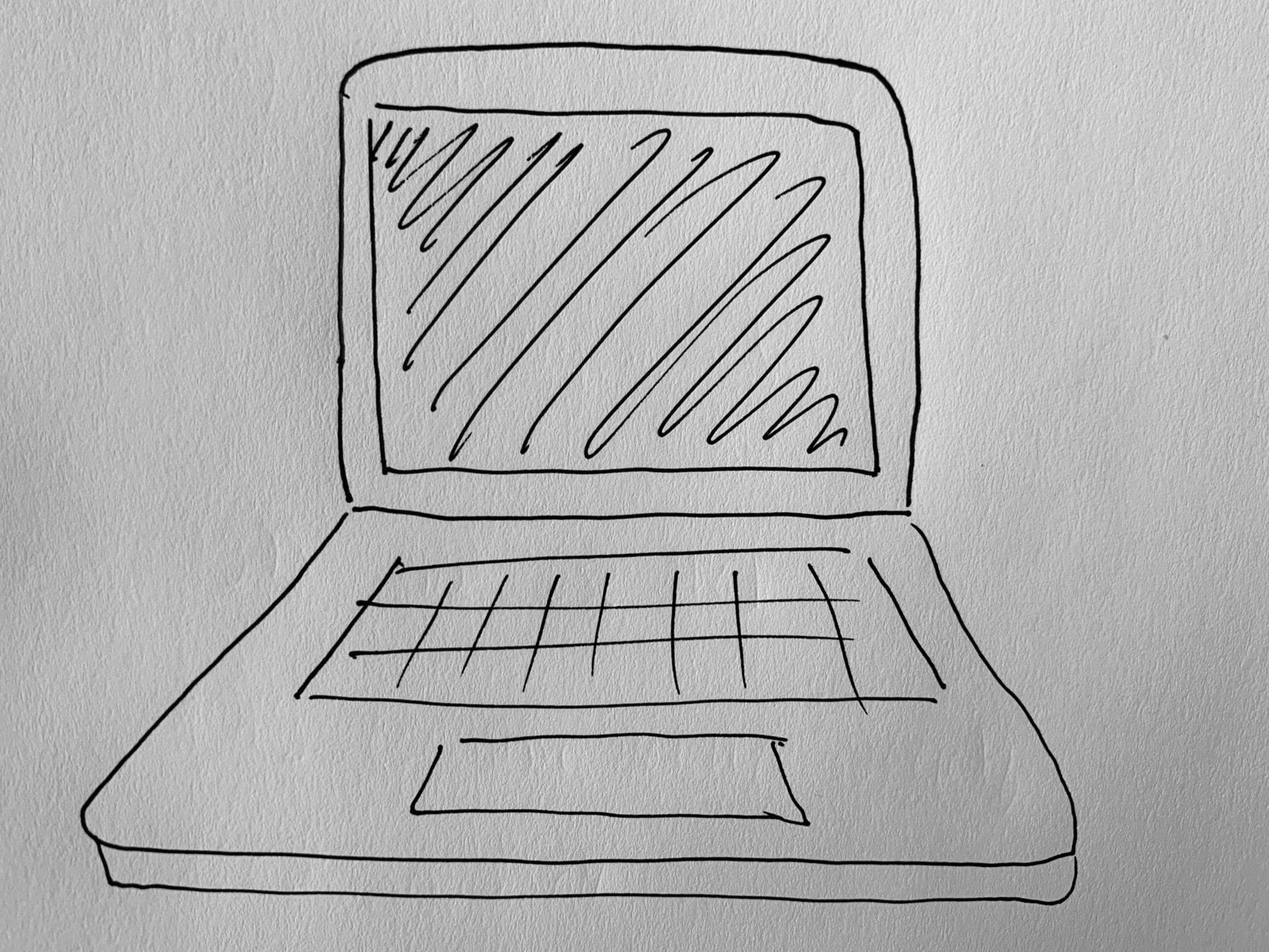
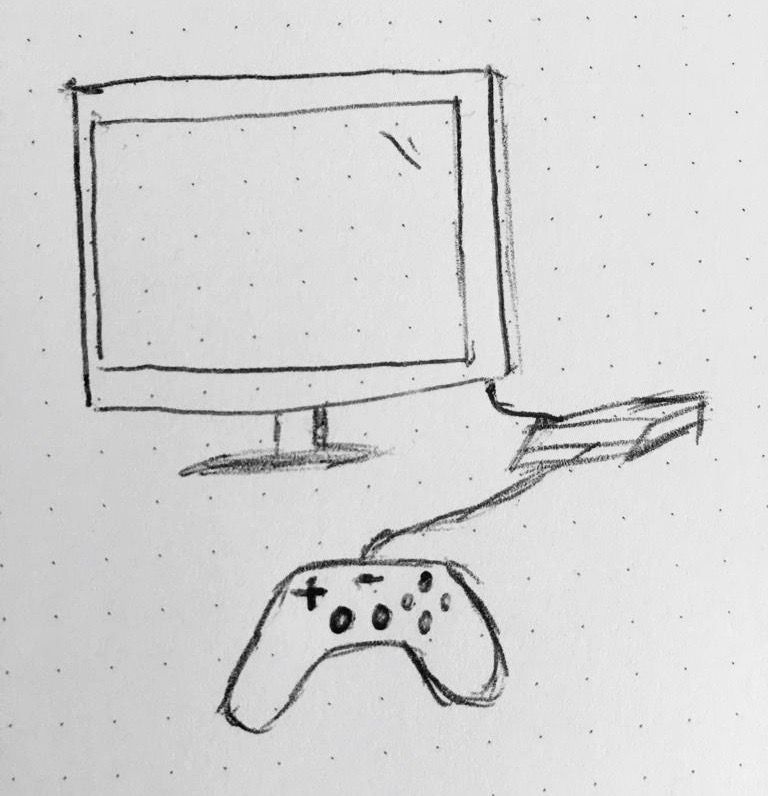
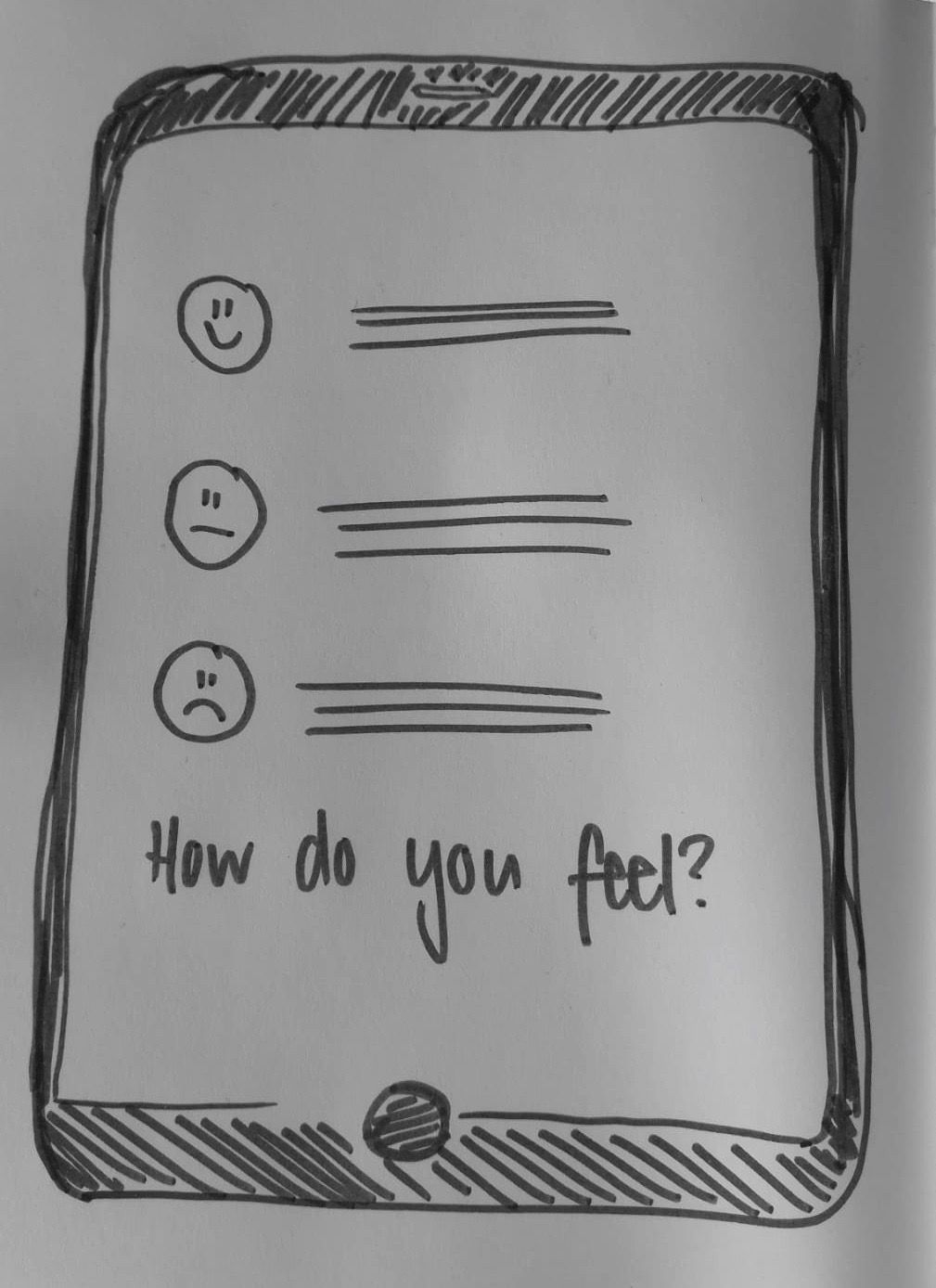
Readings
- Buur, J., Fraser, E., Oinonen, S., & Rolfstam, M. 2010. “Ethnographic video as design specs”. In Proceedings of SIGCHI Australia’ 10.
- Liz Danzico . 2010. “From Davis to David: Lessons from Improvisation”. In Interactions.
- Fogg, B.J. 2003. “Conceptual Designs”. In Laurel, Brenda (ed.). Design Research. Methods and Perspectives.
- Gaver, Bill, Dunne, T., & Pacenti, E. 1999. “Design: Cultural probes”. In Interactions, 6(1), 21-29.
- Oulasvirta, A., Kurvinen, E., & Kankainen, T. 2003. “Understanding contexts by being there: case studies in bodystorming". In Personal and Ubiquitous Computing, 7(2), 125-134.
- Sanders, E., & Stappers, P. J. 2008. “Co-creation and the new landscapes of design”. In CoDesign, 4(1), 5–18.
- Verplank, Bill. 2008. Interaction Design Sketchbook.